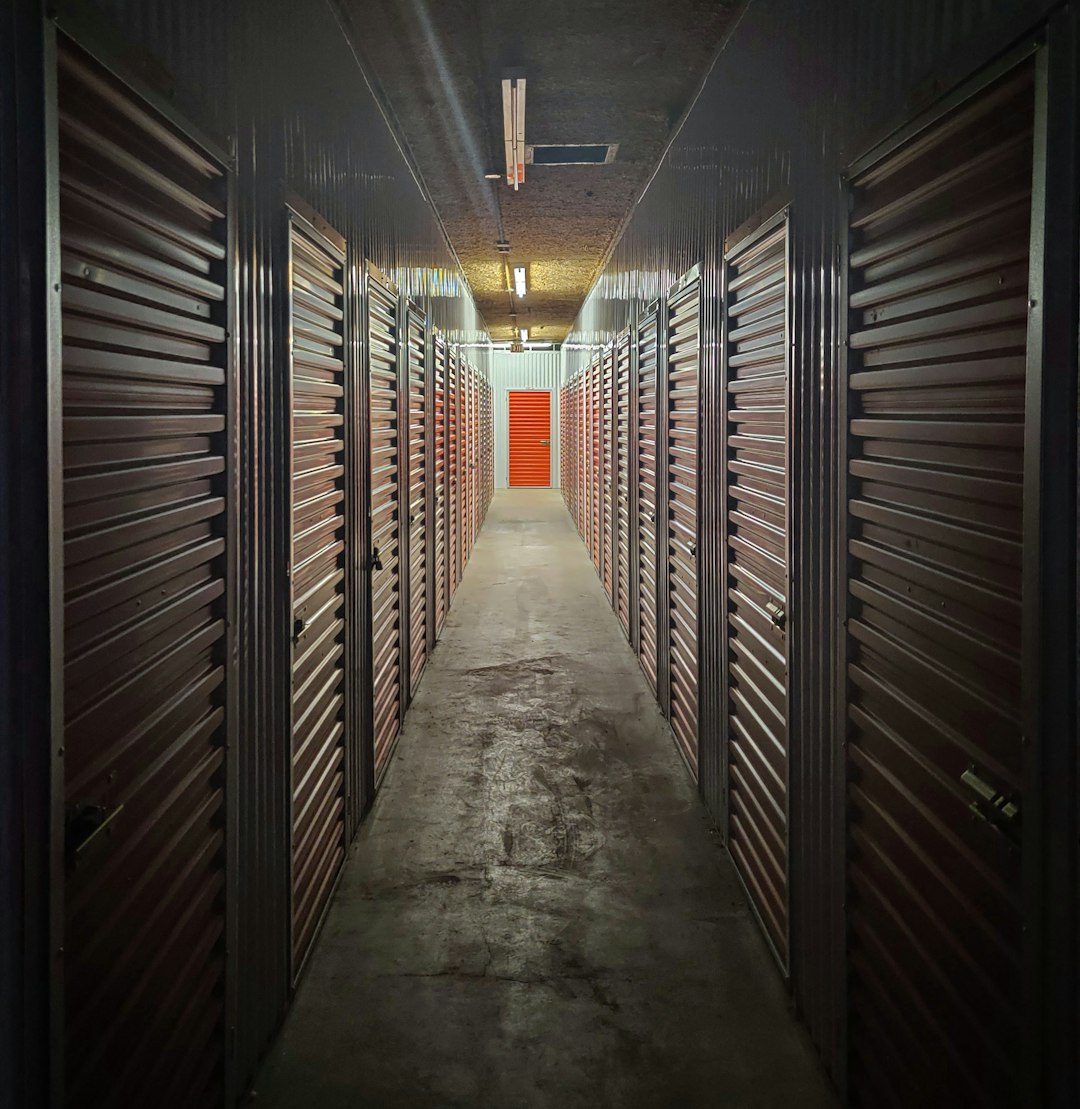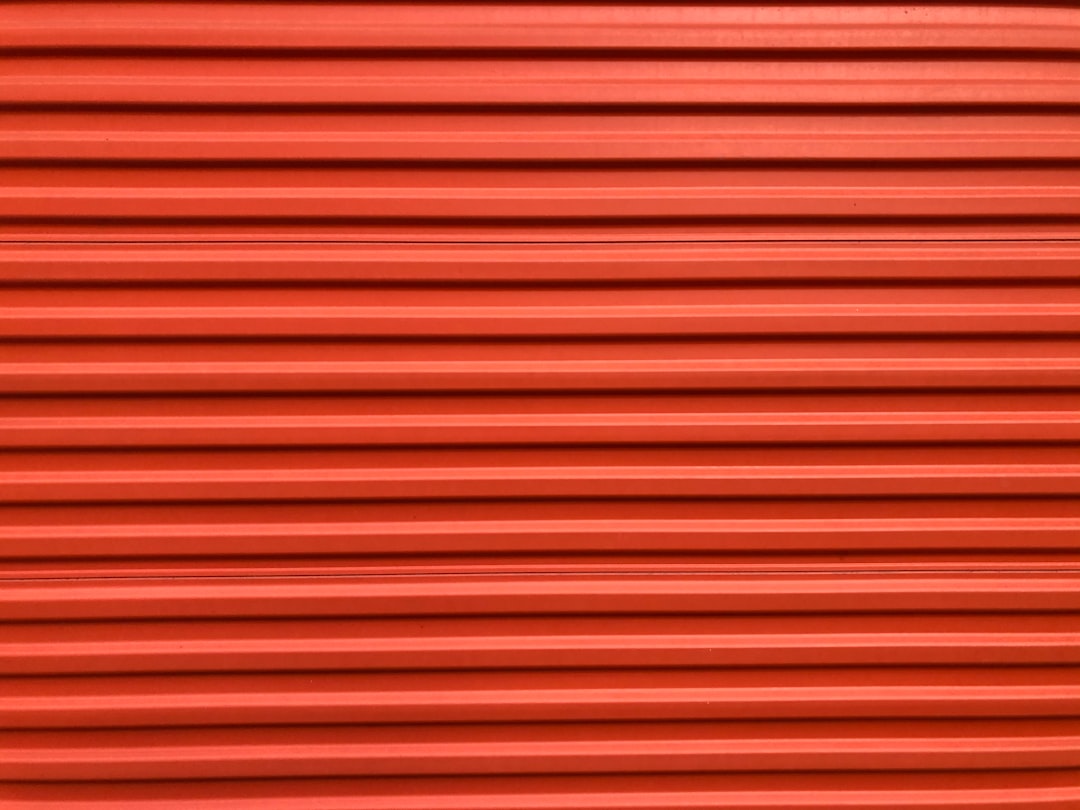Rage Against The Off-Site Storage
How could we have a room full of things we couldn’t remember?

Last week, on one of those glorious blue-sky days I ran into a friend at the park. As our kids tore around on the play equipment, we positioned ourselves in the shade and caught up. Somehow we found ourselves talking about storage spaces.
My friend and her husband have two storage units in their building, and they’d recently decided to downsize to just one to reduce their expenses. As a result, some boxes had migrated up to their apartment. My friend was fretting about what to do about a bin of old cameras that dated back to when her spouse had studied photography. I tried to encourage her to just let the whole thing go, but she worried there might be something worth selling within the lot. While there are a few 20-year old cameras that have some value, I suspected it wasn’t going to be worth her time to list, sell, and ship the equipment. I could see her hesitation. That bin of cameras is probably destined to kick around her apartment for months–if not years–in part because she said, she wouldn’t even know where to donate it, if she could persuade her husband to let go.
My friend’s predicament embodies some of the reasons I hate off-site storage. Storage units are so often a home for things that we think *might* be valuable. They make it easy to delay dealing with things we no longer need or use. They’re also full of things we’re not quite sure how to get rid of.
I told this story to my friend (and I wrote it into my first book), but it’s I think worth telling again: When my husband and I were preparing to sell my apartment years ago, our real estate broker advised us that our place was a little too “full” and suggested we get a storage space for a few months while we had our apartment on the market. We knew she was right (we wanted to move because we felt we’d outgrown the space). So, we paid a premium for a self storage unit close to our home, figuring it would be worthwhile to be able to readily access our things.
After a full day of moving things to the storage unit, we proudly showed our broker the results. She looked around and basically said, “Nope. Do more.” After another weekend of moving out everything we could imagine not needing, our broker was satisfied.
A funny thing happened along the way: Suddenly our cramped apartment felt airy and light. Our place looked great—and it was so much easier to clean! I briefly wondered if we needed to move at all.
The wheels of New York City real estate move slowly, so we ended up having that off-site storage space for six months. In that time, we never once retrieved anything from the storage unit. There was one occasion when I longed for my sewing machine, but I just took the garment to the dry cleaner and paid a few dollars to have it hemmed.
When we were finally ready to move into our new apartment, we confronted the storage unit. Looking in at the sea of boxes, we couldn’t even recall what was inside. How could we have a 6´ x 6´ room full of things we couldn’t remember? Why had we spent hundreds of dollars storing this stuff?
Thus began my personal campaign against off-site storage.

In addition to the page in my book about my dislike of off-site storage, Joanna from Cup of Jo mentioned it in my apartment tour that ran when the book came out. I said that if you already have a self-storage unit, you should tackle it before you start decluttering your home, equating it to a debt that needs to be paid off. This ruffled a lot of feathers.
People felt I didn’t understand how small their homes were. They told me about their inherited furniture, china, and other “heirlooms” that they couldn’t possibly get rid of. I heard a lot about camping gear, Christmas decorations, and boxed-up wedding dresses. I was (and remain) unsympathetic.
When I wrote my book four years ago, 1 in 11 Americans rented storage space, now that number is more than 1 in 10 (although this may come down as the surge in demand for storage during COVID tapers off). The total square footage of storage space is in excess of 2 billion square feet. We are a nation addicted to storage!
If you perhaps have a storage unit and this is making your second guess your space, here are some questions to ask yourself:
How much have I already spent storing my stuff?
How long will it take for the cost of storing (and then later moving) the items in the storage unit to add up to more than the value of the things themselves?
Will you ever have a home for your inherited items? Will you ever use them daily? If not, what are you saving them for?
How often do you really _____ (fill in the blank: camp, ski, play golf)? Could you rent the gear the next time instead?
Some of the self-storage devotees I meet just shrug it off, they’ll say: It only costs me $50 a month. But it’s not just about the costs. Self-storage is also wasteful.
Those cameras that my friend’s husband hasn’t used in years aren’t likely to find a new home, but they might have been earlier on. Electronics, textbooks, and wedding dresses are all among the things it makes sense to donate right away, so that they can continue to be used. I am embarrassed to say that my own wedding dress is shoved in the back of our closet and probably no longer in style. I wish that another bride (or another half dozen brides!) had worn it instead. You want to donate your things while they are still desirable and useful.
I believe that there’s also a cascade effect that may happen when we take the time to properly donate the things we no longer need. If I send the perfectly lovely cheese board I never use to my local charity shop, some other shopper might take it home and avoid buying something new—and one less tree has to get turned into a surface for cutting brie.
One final thought. If you really do think you are storing some things that have value, but not enough to motivate you to actually sell them and get them out of your space, follow the example of my friend Shira Gill. Shira’s been running a “closet clean out for a cause” auctioning things off on Instagram to raise money for a non-profit she believes in. It’s such a swell idea that I’m thinking of doing it myself.
Writing about rentals.
Here’s a big old list of things you can buy (and DIY) to improve a rental that I wrote for The Wall Street Journal’s Buy Side. The pros I talked to had a ton of smart ideas.
Weeknight cooking.
Whipped up this coconut lentil stew shared by Alexandra Strafford to positive reviews from both my spouse and my son (even though it was kale forward). Alexandra’s Farmshare Newsletter was so helpful to me last CSA season. I am crossing my fingers she brings it back for 2023!
House snooping.
I went back to look at this project by architect Elizabeth Hermann–and it’s really such a fetching small house. It is featured in the book Bigger Than Tiny, Smaller Than Average (which is published by my book publisher Gibbs Smith). I would be SO curious to see more interior photos, especially the bedrooms (and closets!) and the mudroom.
Adding to cart?
I can’t decide if a water bottle sling is silly or just the thing I need for my family’s walks in the woods. Any LIVING SMALL readers care to weigh in with their experience? Absolutely drooling over this one that fits a 1L Nalgene, but it is from the U.K., which is too far for a purchase like this to travel.
Also: Pyne & Smith is having a nice sale right now!




Amen!!! Another aspect of this is to consider that when you die, it's almost a certainty that whatever's in your storage space will end up in a landfill. Or, best case scenario, you burden your family with the task of having to sort through it all and figure out new homes for all your stuff--a job undesirable to you when you were alive. What a rough legacy to leave behind!
Co-siiiign! PS. Just took three lenses and one old camera to B&H to trade in after 12 years and let’s just say that stuff does not hold its value; still was so glad to get something for it to put toward a new camera and not to spend tons of time on pricing and shipping myself. Let it go!!!